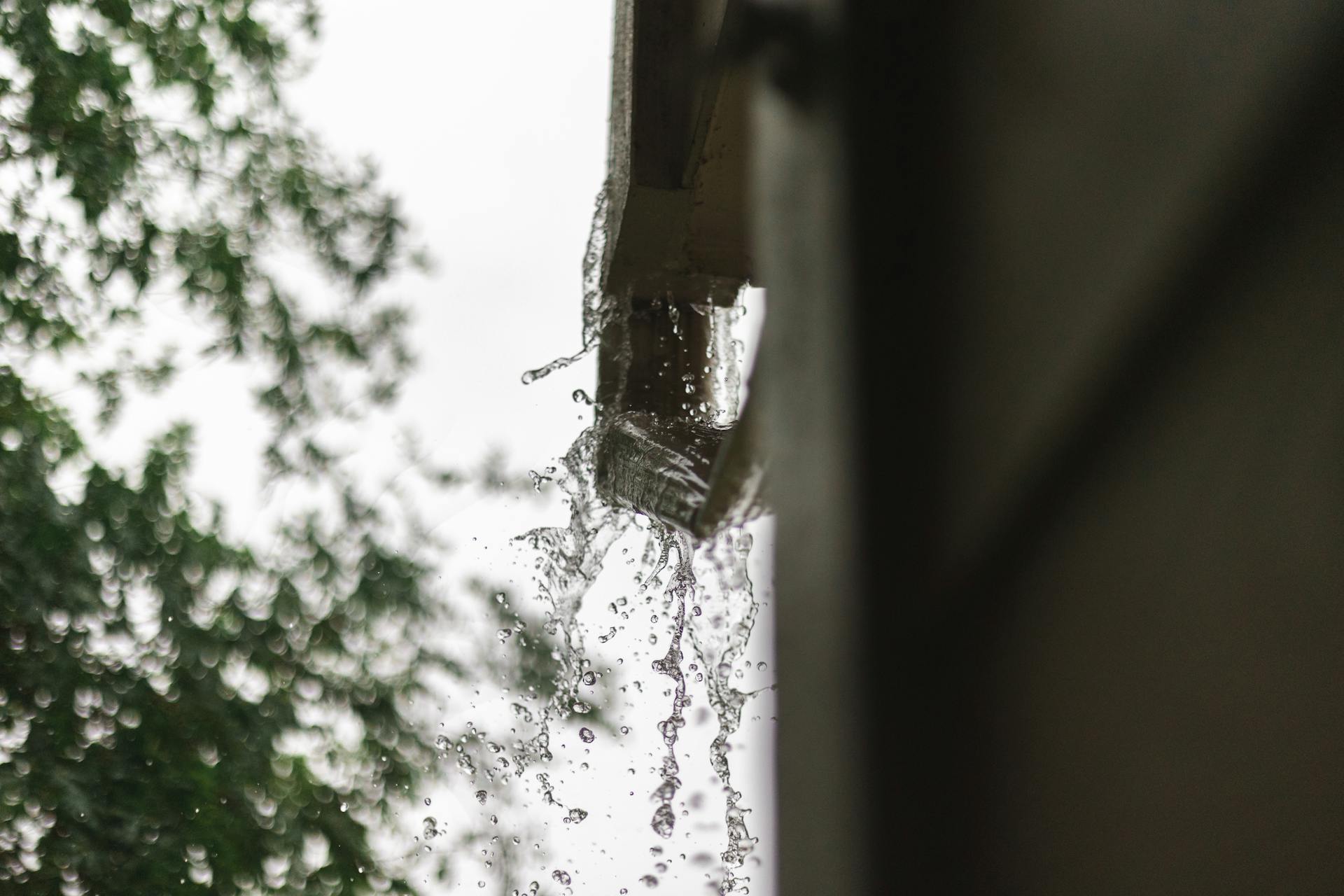

Question: How To Simplify Home Maintenance?
Answer: To simplify home maintenance create a schedule, automate tasks like sprinkler systems, tackle small jobs regularly, and declutter to prevent bigger messes. Consider professional help for complex tasks.
Streamlining Your Home Maintenance Routine
Maintaining a home can feel overwhelming. However, with a proactive and organized approach, you can significantly simplify the process. This guide provides practical strategies to streamline your home maintenance, saving you time, money, and stress in the long run.
Creating a Personalized Maintenance Schedule
A well-structured maintenance schedule serves as your roadmap to a well-maintained home. Begin by listing all necessary maintenance tasks. Categorize them by frequency: annually, biannually, quarterly, monthly, and weekly. For example, annual tasks might include inspecting your roof or servicing your furnace. Monthly tasks could involve checking and cleaning range hood filters or testing smoke detectors and carbon monoxide alarms. This schedule ensures that no task gets overlooked. Moreover, it allows you to anticipate and budget for upcoming expenses.
Click here for more information on learn more
Related Article: What Does General Home Maintenance Include?
Related Article: What is a Maintenance Plan For a House?
Utilizing Digital Tools and Resources
In today’s digital age, numerous tools can simplify home maintenance. Home maintenance apps help you schedule tasks, track warranties, and store important documents. Furthermore, online tutorials provide step-by-step instructions for various DIY projects. Think about using digital platforms for local service recommendations; reviews and ratings help select reputable contractors for more complex tasks.
Tackling DIY Projects Strategically
While some tasks require professional expertise, many home maintenance projects are surprisingly manageable. Simple tasks like replacing air filters, caulking windows and doors, or unclogging drains can be easily tackled with basic tools and online resources. However, realistically assess your skillset and the project’s complexity, you’ll avoid potential mishaps and costly mistakes.
Building a Reliable Network of Professionals
Despite your best DIY efforts, some tasks necessitate professional assistance. Cultivate a network of trusted contractors, plumbers, electricians, and HVAC technicians. Researching and selecting qualified professionals in advance ensures you have readily available help when unexpected issues arise. Moreover, obtaining multiple quotes allows for cost comparison and informed decision-making.
Organizing and Storing Essential Supplies
Maintaining an organized inventory of essential supplies further simplifies home maintenance. Dedicate a specific area for storing tools, cleaning products, and commonly used materials. Categorize and label items for easy access. As a result, you save time searching for what you need, and you’ll always be prepared for minor repairs and routine tasks. Furthermore, keep a running list of supplies as you use them. This way, you can replenish your stock efficiently.
Embracing Sustainable Practices
Integrating sustainable practices into your home maintenance routine benefits both the environment and your wallet. For instance, installing low-flow showerheads and faucets conserves water. Using energy-efficient light bulbs reduces electricity consumption. Choosing environmentally friendly cleaning products minimizes harmful chemical exposure. These practices not only reduce your environmental footprint, but also contribute to long-term cost savings.
Regular Inspections and Assessments
Regular inspections play a vital role in maintaining your home. Conduct a thorough walkthrough of your property at least twice a year. Inside, check for leaks, cracks, and signs of pest infestations. Outside, inspect the roof, siding, foundation, and landscaping. These routine checks enable you to identify and address potential problems early on. Consequently, you can avoid more extensive and costly damage down the road.
Documentation and Record Keeping
Maintaining comprehensive records is important for efficient home management. Keep a log of all maintenance tasks, including dates, descriptions, and associated costs. Furthermore, store warranties, manuals, and receipts for appliances and major systems. This documentation proves invaluable when filing insurance claims or selling your property. In addition, it helps you track maintenance history and plan future projects.
Conclusion
Simplifying home maintenance is a journey, not a destination. By implementing these strategies – creating a personalized schedule, prioritizing preventative measures, and leveraging digital tools – you can efficiently manage your home maintenance. Remember that consistency is key. Small, regular efforts contribute significantly to a well-maintained and enjoyable home environment for years to come.


